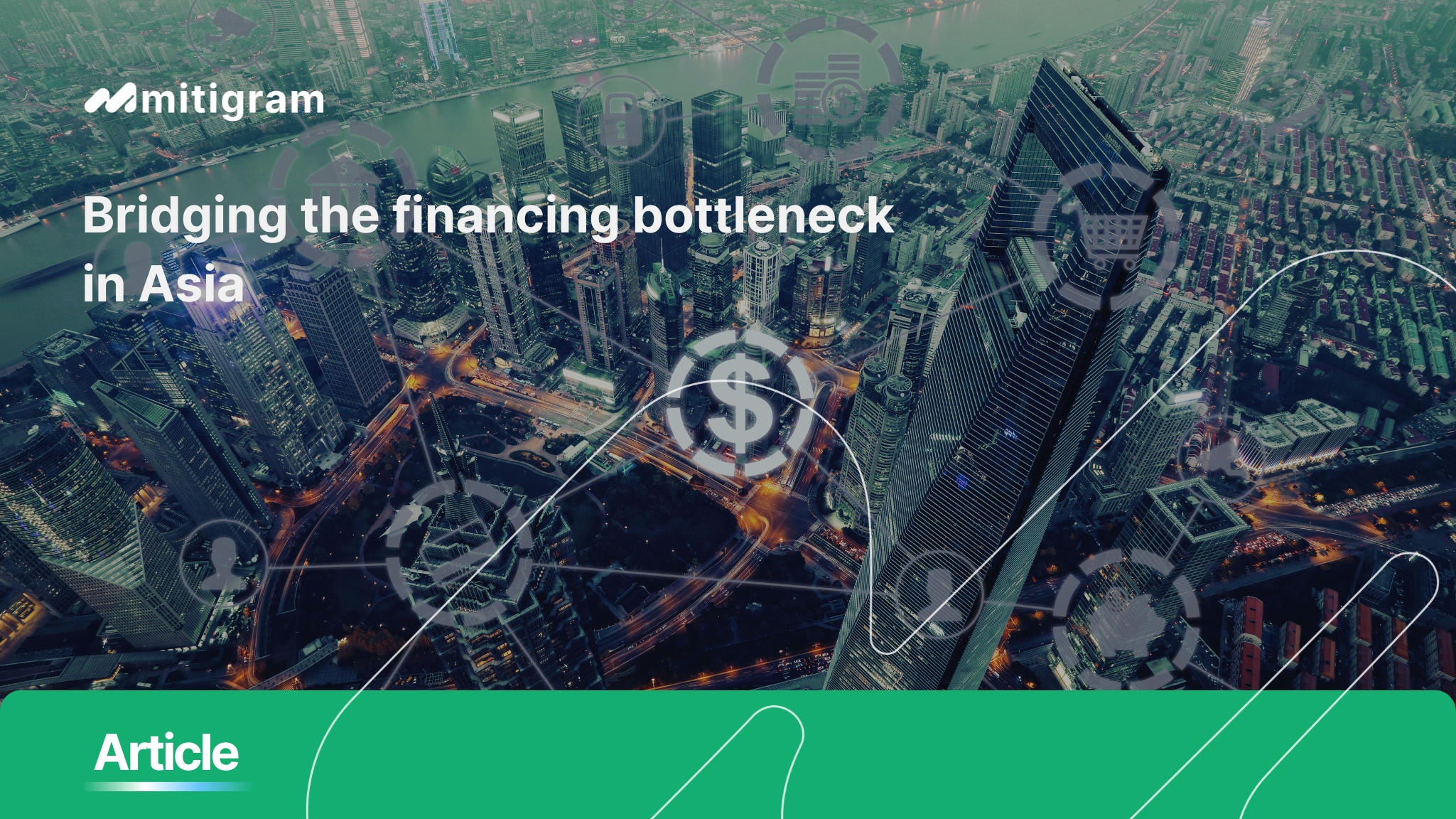
Digital solutions have proven their worth in the pandemic. Even before that, platform solutions provided a new infrastructure for trade finance. Beyond the aspect of efficient settlement, mediating supply and demand is also a significant application area.
After the decline in global trade and the resulting supply difficulties, building efficient supply chains is on the agenda. The pandemic, like the closure of the Suez Canal, has shown that bottlenecks must be overcome quickly and efficiently. Data and digital platforms provide the necessary information and the transparency required for a market-driven solution. Digitalization is making an important contribution to trade financing in particular.
If demand and supply do not match, this does not always have to be due to the price. There is often a lack of information and the necessary market transparency. Solid banking relationships sometimes fail to lead to financing, while unknown providers are left sitting on their risk appetite. The amount of rejected financing requests is significant. In 2019, the Asian Development Bank estimated the global trade finance gap at $1.5 trillion, but under the impact of the pandemic, that number has skyrocketed. A new study by the International Chamber of Commerce (ICC) estimates that a trade credit market capacity of $1.9 trillion to $5 trillion is needed to return to 2019 levels.
Taking this estimate into account along with the existing trade finance gap for 2019 of USD 1.5 trillion, this means that between USD 3.4 and 6.5 trillion is now needed to provide sufficient finance. The trade this will enable is, among other things, a prerequisite for the implementation of the UN’s 2015 Sustainable Development Goals.
The changed market conditions for trade finance are also having an impact on good business relationships between exporters and their principal banks, some of which have existed for many years.
A tangible result is the export industry’s need for hedging is increasing. There are primarily two reasons: the customer creditworthiness of buyers abroad may have deteriorated and/or their own risk policies advise greater caution in granting supplier credit in foreign business. Moreover, financial institutions are reducing their lines on certain risks or even withdrawing from markets or regions altogether – a tendency for demand to rise meets a tendency for supply to fall.
For this reasons, exporters of all sizes and industries are continually faced with the challenge of identifying a financial and/or hedging partner outside their own network. This can quickly turn out to be a search for the proverbial “needle in a haystack”.
In many areas of foreign trade, new forms of mediating supply and demand are gaining ground. Virtual platforms offer the possibility of secure data collection and verification, enabling targeted bidding for inquiries in areas such as logistics, financing and hedging.
Platforms are also available for arranging trade finance. Mitigram, for example, has developed a solution that has performed very well since its launch in the summer of 2020 as and add-on module to the core platform, the Marketplace. Users can now access “Open Market Discovery” to search for suitable financing partners. Both exporters and banks can use the platform to solicit or submit offers for the hedging and financing of import and export transactions. All communications happen in a centralized interface. When the parties involved agree, these transactions can also be approved in the Mitigram platform.
While exporters need to be registered, financial institutions worldwide can be approached without having to join the Marketplace. Transactions worth USD 2.5 billion are now placed through the Marketplace every month. More than 200 renowned companies and banks are now part of the group of contractual partners. The registered banks can define their risk appetite for certain transactions in the settings, differentiating by region and country, risk type, and even the country of the inquiring exporter.
When the exporters have not received an offer from their habitual banks or have not received a suitable offer, they can display via the Open Market Discovery application those banks that have a risk appetite that matches their transaction. Exporter can then select the banks that they would like to quote and send them the request via the platform. In this way, companies may be able to develop new banking relationships on the basis of a specific business inquiry. The new business relationship aspect also makes the marketplace very attractive for financial institutions. This is how Mitigram and the “Open Market Discovery” module are contributing to close the trade finance gap.